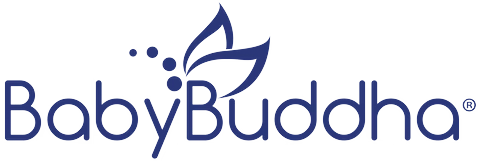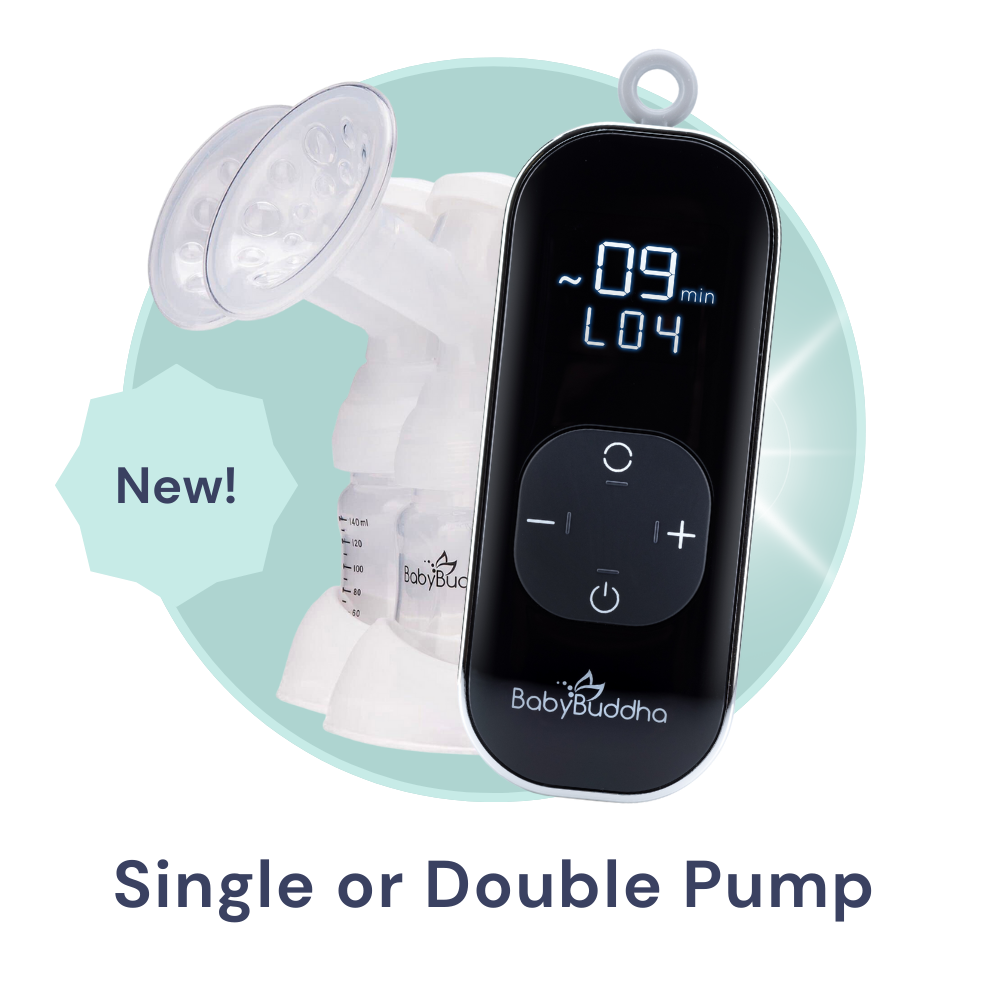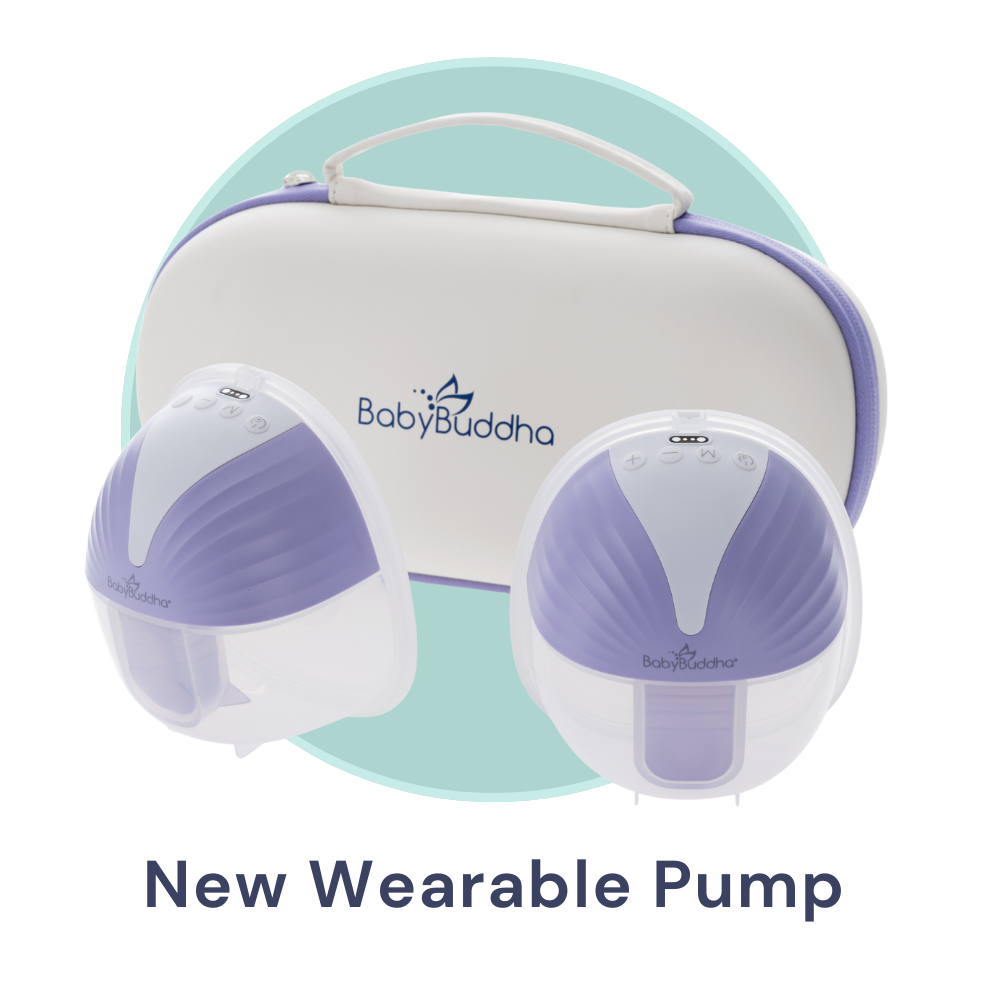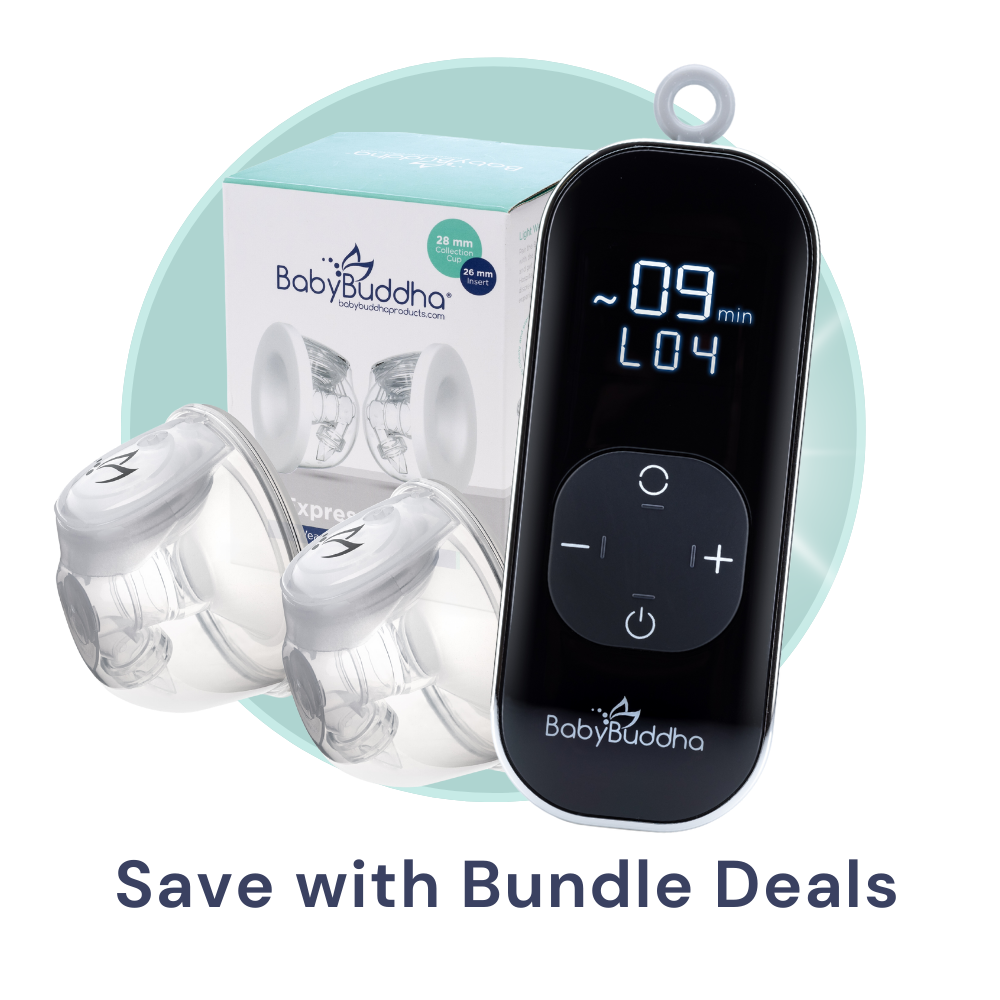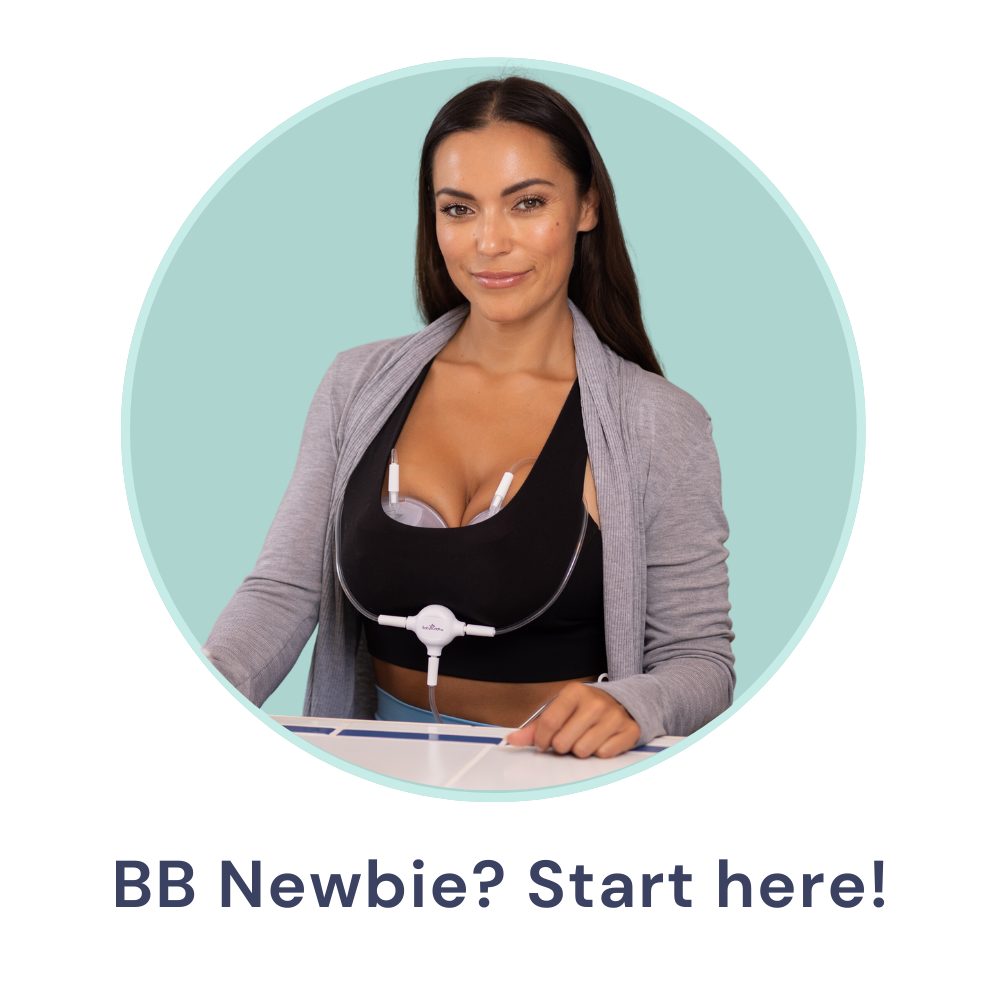Getting the fit of your pump just right
BabyBuddha Flange Size Guide
Dr. Hope Lima, PhD, RDN, LRD, IBCLC
The correct flange fit is an absolute must for a safe and comfortable breastfeeding journey. Read on to ensure you know how to measure and find your correct flange size.
What's a flange?
A breast pump flange, commonly known as a breast shield, is a funnel-shaped plastic or silicone piece that fits directly over your nipple to form a seal around your areola. It creates a vacuum that gently draws your nipple into the funnel for milk removal.
Why flange size matters
Utilizing the right flange size is critical to the success of your breast-pumping journey. Comfortable and efficient pump sessions start with proper flange sizing. Precise contact with the nipple and breast tissue is incredibly important.
What's my flange size
Flanges aren’t one-size-fits-all; your size can change throughout your pumping journey. That’s why it’s important to check your flange size regularly. We're going to walk you through measuring your nipple size to get the correct flange size.
“Some people may have smaller nipples, and can require flanges as small as 11mm. In these cases, you can buy flange inserts to adjust the size of your 24mm flange appropriately,” highlights Lactation Expert Dr. Hope Lima, PhD, RD, IBCLC.
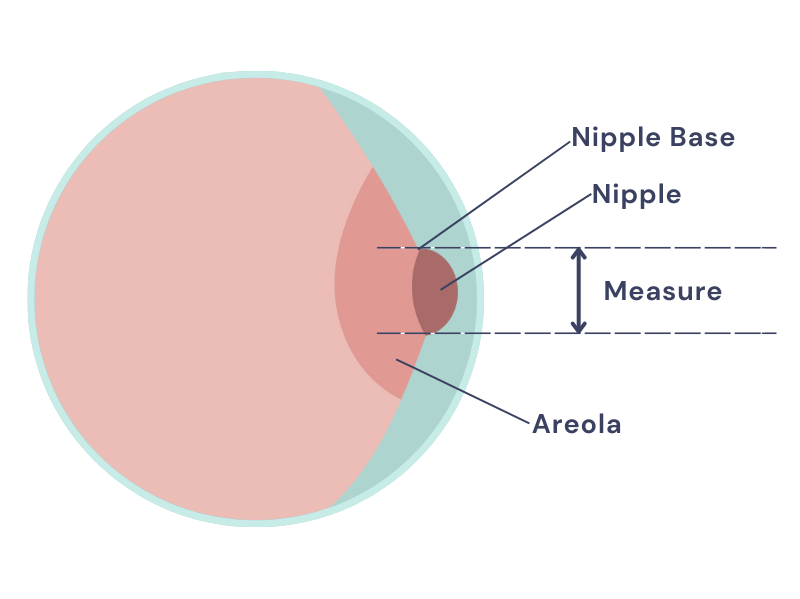
How to measure
1. Stimulate nipple gently, but do not
pump before measuring.
2. Use a measuring tape or nipple sizing
tool to measure the diameter of
nipple in millimeters. You can also downnload our printable nipple ruler here.
3. Be sure to measure nipple at the base
where it meets the areola. Do not
include the areola.
4. Flange sizing isn’t an exact science –
so you should try starting with the size
closest to your nipple size and
consider experimenting with the size
above and the size below. You will
find your “sweet spot” when you
experience the greatest comfort and
consistent + ample milk spray.
5. Purchase the appropriate flanges
here or consider using flange inserts.*

- Nipple is centered within flange tunnel and moves freely while pumping
- Areola tissue is only slightly pulled into tunnel
- You feel no pain or discomfort
- Breast is drained completely after pumping session

- Nipple does not move freely within flange tunnel and rubs along tunnel wall
- You feel pain or discomfort, even on low suction
- Milk flows slowly or output is decreased
- Redness or discoloration occurs after pumping

- Excessive areola tissue is drawn into flange tunnel and rubs along tunnel wall
- You feel pain or discomfort, even on low suction
- The flange will not form a proper seal while pumping
“Pro tip: before you start pumping, apply some coconut oil for lubrication on the flange where the tunnel stops and the flange begins to widen. This will reduce the friction between your skin and the plastic,” Lima adds.
- Nipple is centered within flange tunnel and moves freely while pumping
- Areola tissue is only slightly pulled into tunnel
- You feel no pain or discomfort
- Breast is drained completely after pumping session
- Nipple does not move freely within flange tunnel and rubs along tunnel wall
- You feel pain or discomfort, even on low suction
- Milk flows slowly or output is decreased
- Redness or discoloration occurs after pumping
- Excessive areola tissue is drawn into flange tunnel and rubs along tunnel wall
- You feel pain or discomfort, even on low suction
- The flange will not form a proper seal while pumping
“Pro tip: before you start pumping, apply some coconut oil for lubrication on the flange where the tunnel stops and the flange begins to widen. This will reduce the friction between your skin and the plastic,” Lima adds.



BabyBuddha Support Team
We're here to support you
If you are having any issues or discomfort with pumping, know that we are here to support you.
When to get help
If you're experiencing discomfort, pain, or reduced milk output while pumping, it may be time to reassess your flange fit. Breast and nipple sizes can change throughout your breastfeeding journey, so you may need a different size flange. If issues persist, our Certified Lactation Specialists offer free consultations and will provide personalized virtual support. They can diagnose and treat a variety of lactation and pumping issues, as well as assess your flange fit.
Why choose BabyBuddha
Hands-free, extra-quiet pumping with our electric breast pump gives you the power of a rechargeable battery for an hour of pumping (aka two to four sessions). Pump on the go or while you sit and rest — get your BabyBuddha breast pump covered by filling out our insurance forms.
PS: The Manual Breast Pump comes with tight-sealing flanges too!
Need further support?
If you have any questions or concerns, please contact us:
Live Chat
Bottom right of website
Customer Support
support@babybuddhaproducts.com
Insurance Inquiries
info@babybuddhaproducts.com
Didn't find what you were looking for?
Contact one of our BabyBuddha experts
For an instant response, please use the chat box available 24/7.
